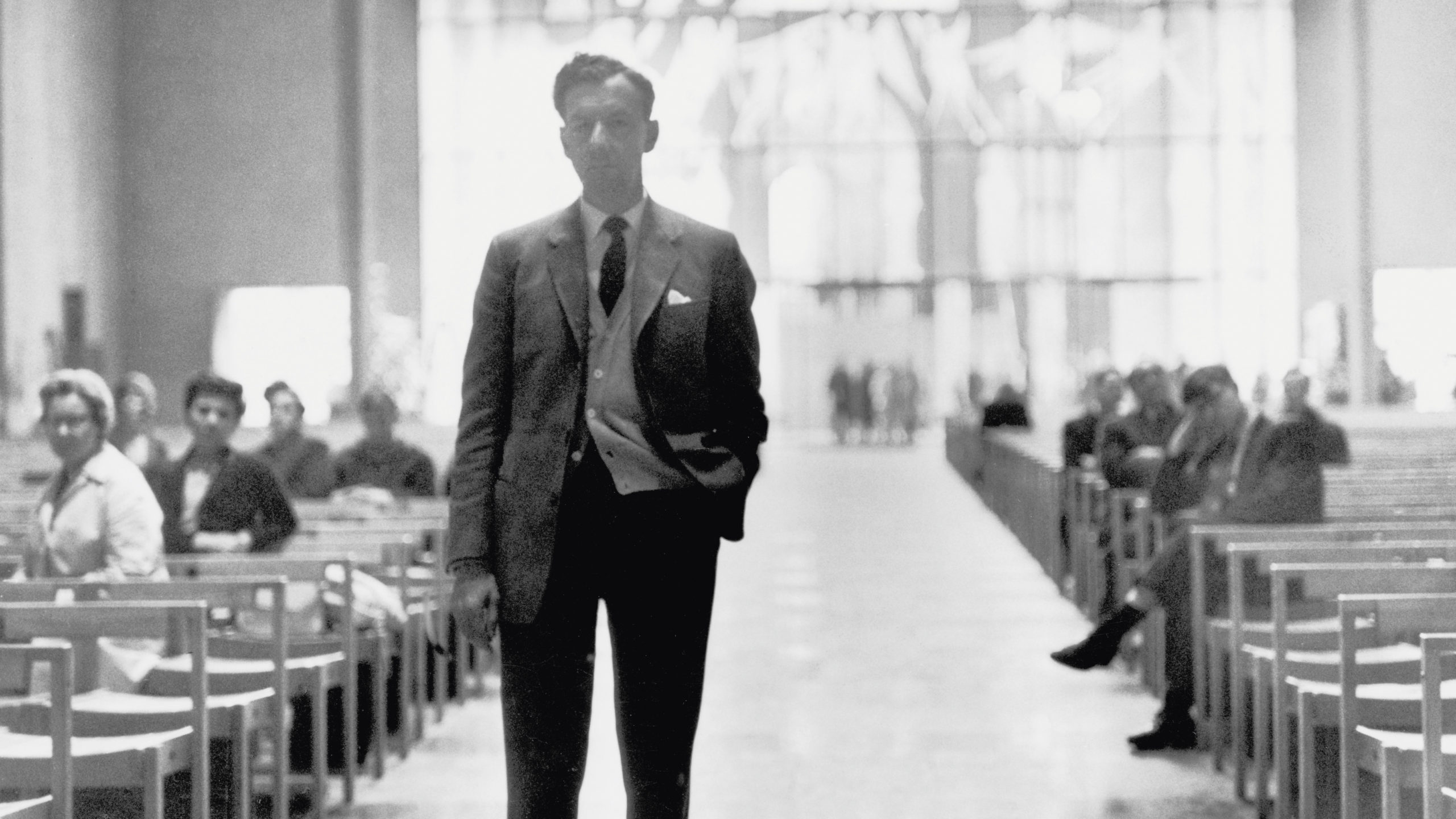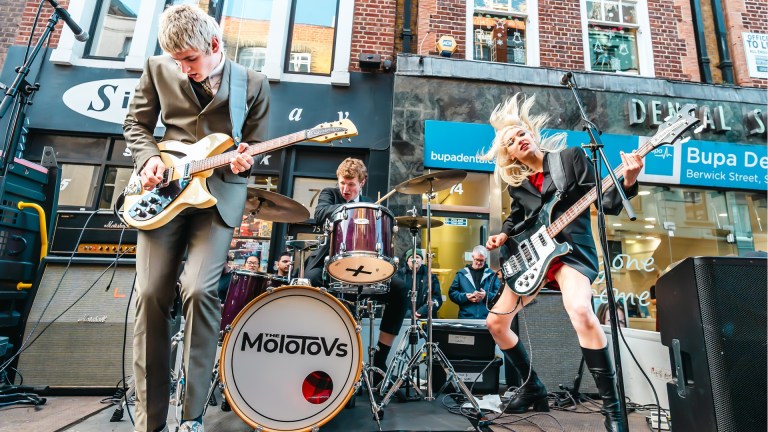As I attempt to decipher the whereabouts of my blue dot, a woman approaches to offer much-needed wayfaring advice. She’s one of 5,000 Coventry residents who are giving up their time to volunteer as hosts, helping newcomers like me explore the latest offerings from the current UK City of Culture.
This is more than a prestigious title: the accolade – bestowed every four years by the Department of Digital, Culture, Media and Sport – comes with an injection of practical support (including cash).
Coventry has been preparing to be on show (City of Culture events run until May) for several years, and it is hoped that the infrastructure that’s been put in place will provide a legacy that lasts long after the blue and black flags have been taken down. Course corrected, I head to the Cathedral quarter, the unofficial cultural centre.
The original Coventry Cathedral was virtually destroyed during the Second World War, when the city was the target of repeated bombing campaigns. Architect Basil Spence’s plans for the rebuild included preserving a portion of the ruins alongside the new cathedral – a permanent reminder of the futility of war.
The cathedral was consecrated in 1962, with Benjamin Britten’s War Requiem commissioned to mark the moment. Now an internationally performed piece, it cements the association between Britten and Coventry, confirming the cathedral’s place in musical history.
In recognition of the 60th anniversary of the consecration, Nitin Sawhney has created a new piece that gives a nod to Britten’s original requiem. Ghosts in the Ruins – a promenade performance that saw audiences move between the modern cathedral and the remnants of the original – was premiered earlier this year, featuring poems written and read by local poets, including the city’s Poet Laureate, Emilie Lauren Jones and its Young Poet Laureate, Hawwa Hussain.









